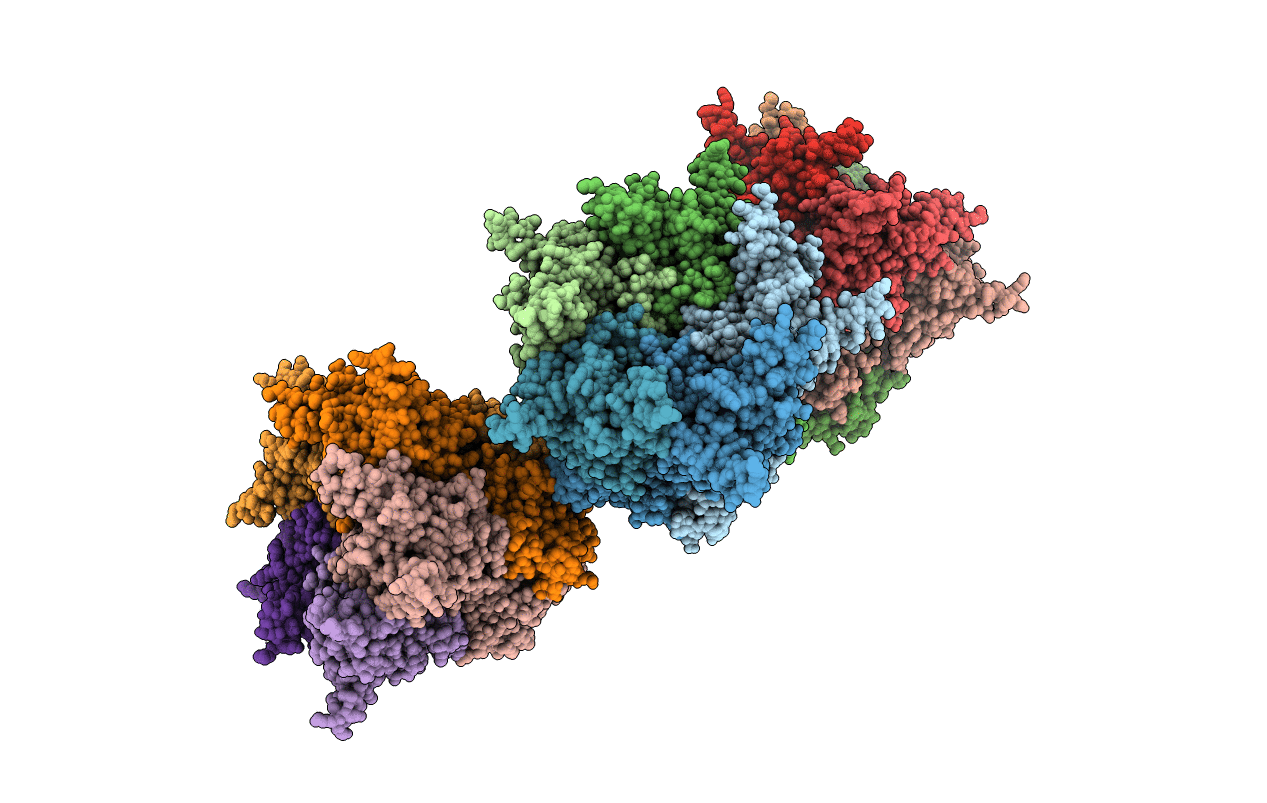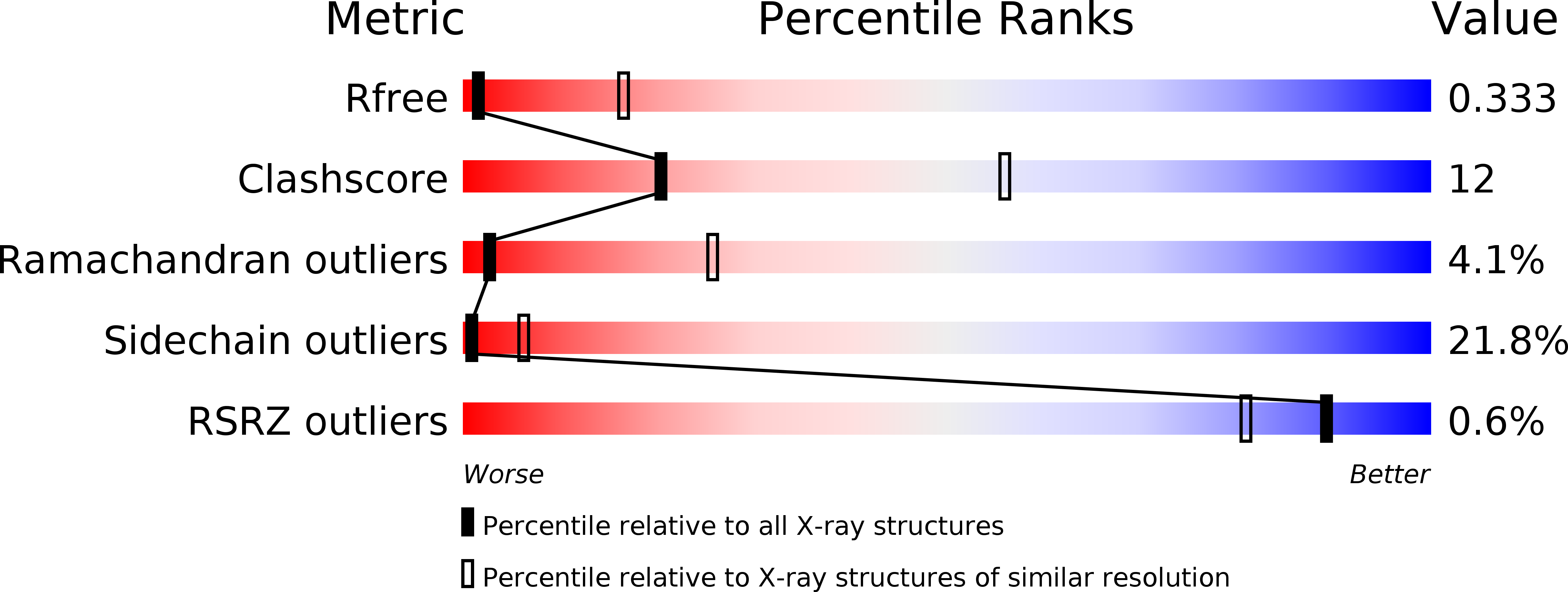
Deposition Date
2005-11-11
Release Date
2006-09-06
Last Version Date
2023-12-13
Entry Detail
Biological Source:
Source Organism:
HUMAN ADENOVIRUS C (Taxon ID: 10515)
Host Organism:
Method Details:
Experimental Method:
Resolution:
3.60 Å
R-Value Free:
0.34
R-Value Work:
0.27
R-Value Observed:
0.27
Space Group:
I 2 2 2


